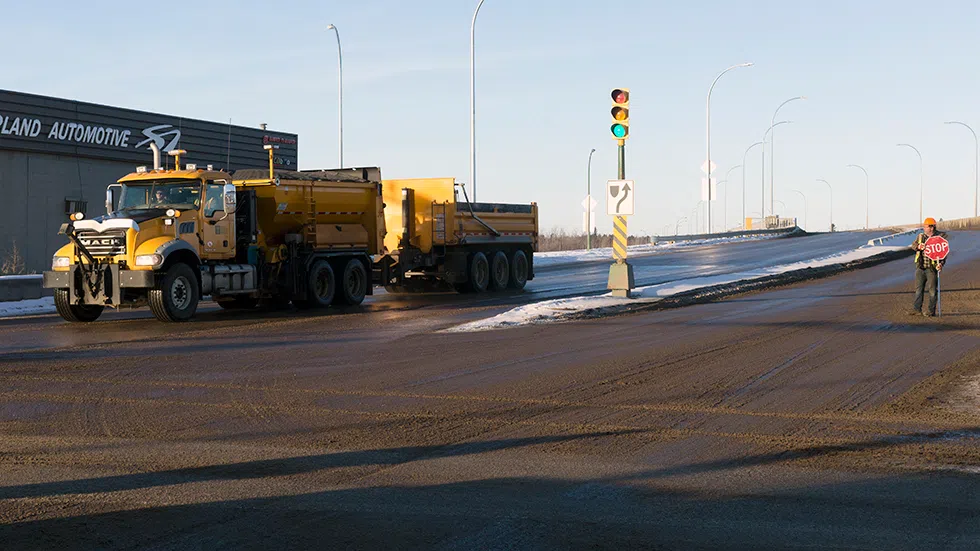
Real time load sensors ready to go
Load sensors installed on the Diefenbaker Bridge in the fall are now calibrated and ready to use.
Drivers needed to pause for a few moments to allow a truck loaded with sand to drive across the bridge in both directions a number of times. The Ministry of Highways is testing stress on the beams underneath the Diefenbaker Bridge. The data will be analyzed to determine if the bridge can still sustain weights of 63,500 kilograms.
“This will help actually show how much deflection, based on the weight of the vehicle, and it should help determine what should be the maximum gross weight over the bridge,” Wes Hicks the manager of capital projects said. “It may lower or raise the ultimate overweight permits.”
The calibration of the sensors caused slight delays along Highway 2 on Dec. 7, however the sensors are now sending data to the Ministry to study the Diefenbaker Bridge.


